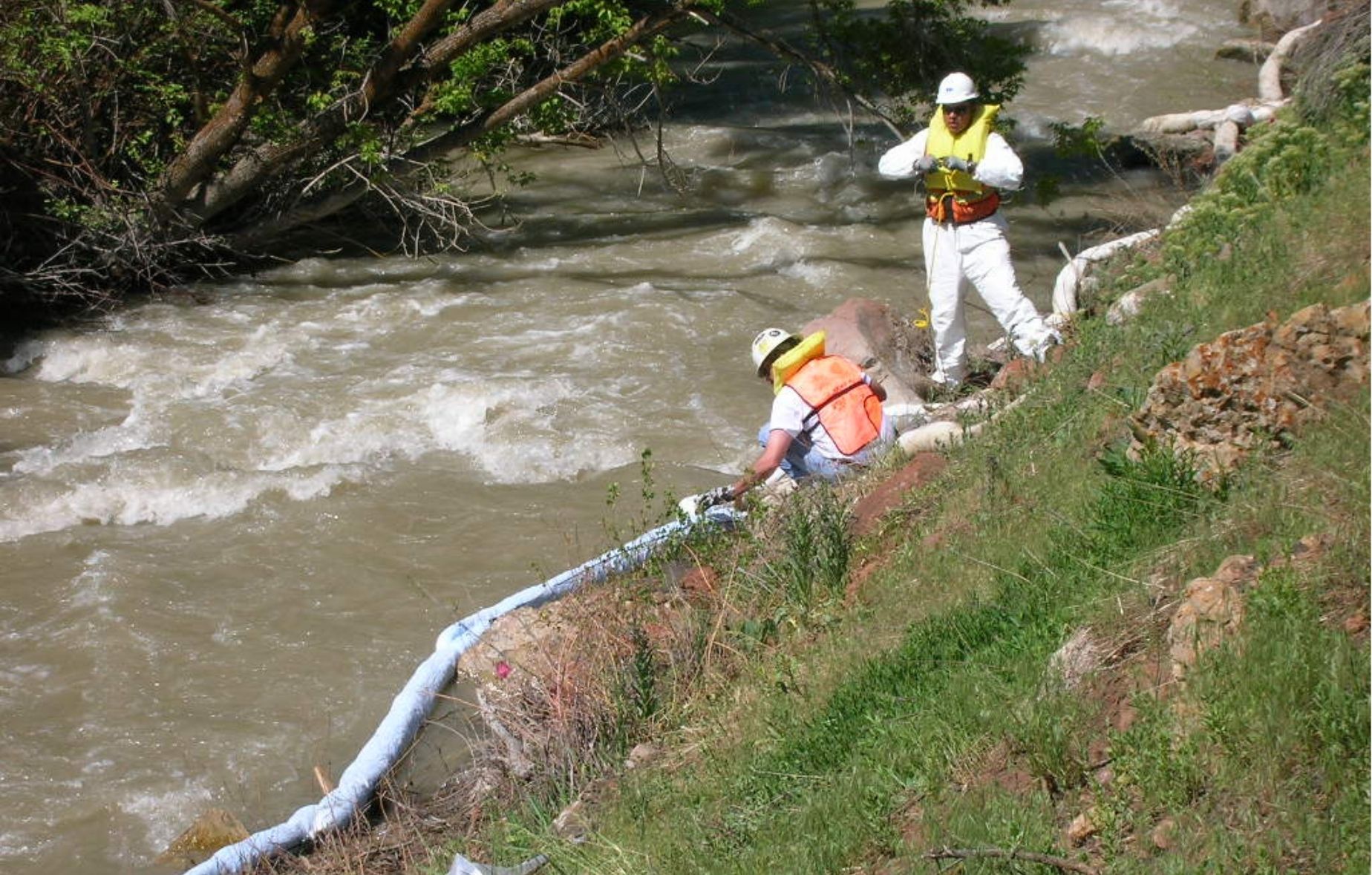
Water-Involved Hazardous Waste: Challenges & Best Practices
When hazardous waste enters water, the risks increase dramatically. Unlike spills on land, water-involved incidents spread quickly, impact wide areas, and threaten ecosystems, communities, and drinking supplies. From a small release in a storm drain to a large spill in a river or lake, specialized knowledge and rapid response are critical to contain, clean, and restore safely.
At Enviro Care, we’ve built decades of experience managing complex water-related hazardous waste events. Here’s an overview of the challenges and best practices that guide our work.
Why Water Makes Hazardous Waste Cleanup More Complex
1. Fast Movement and Dispersion
Liquids follow the path of least resistance. Once in a stream, stormwater system, or lake, contaminants can spread miles in hours, complicating containment and cleanup.
2. Multiple Stakeholders
Incidents in water often require coordination with municipalities, state agencies, environmental regulators, and sometimes even the Coast Guard or EPA. Every step must comply with strict standards.
3. Ecological Sensitivity
Aquatic ecosystems are delicate. Even small amounts of fuel, solvents, or chemicals can devastate fish populations, disrupt breeding grounds, or contaminate sediments for years.
4. Public Health and Safety
Waterborne contaminants threaten more than wildlife. Drinking water supplies, irrigation systems, and recreational use of rivers and lakes are all at risk. Quick response is crucial to prevent exposure.
Best Practices for Handling Water-Involved Hazardous Waste
1. Immediate Containment
Deploying floating booms, absorbent pads, or underflow dams helps stop the spread of contamination. Enviro Care mobilizes specialized equipment to stabilize a scene as quickly as possible.
2. Source Control
Identifying and stopping the leak is as important as cleanup. Whether it’s a ruptured tanker truck near a storm drain or a pipeline leak, controlling the source prevents further environmental damage.
3. Specialized Recovery Methods
Depending on the material and water body, cleanup may include vacuum recovery, skimming, dredging, or biological treatment. Our teams are trained to select the safest, most effective method for each scenario.
4. Regulatory Compliance
Documentation, sampling, and communication with regulators ensure proper handling and long-term monitoring. Enviro Care maintains full compliance with RCRA, CERCLA, and state environmental regulations.
5. Restoration and Prevention
Cleanup is only the first step. We work to restore impacted environments and advise clients on preventive measures to reduce the chance of future spills.
Enviro Care’s Proven Approach
Enviro Care’s water-involved spill response combines:
-
24/7 Emergency Response: Our teams are on call day and night to respond rapidly across the western U.S.
-
Specialized Equipment: From high-capacity vacuum trucks to floating recovery systems, we bring the right tools to contain and remove contaminants.
-
Expert Teams: Our responders are trained in confined-space entry, HAZWOPER, and advanced spill recovery techniques.
-
Environmental Stewardship: We prioritize safety, compliance, and ecological protection in every project.
When hazardous waste reaches streams, lakes, or storm systems, every minute matters. Enviro Care provides the experience, resources, and professionalism to protect communities, businesses, and the environment from long-term harm.
For immediate spill response, call Enviro Care’s 24/7 emergency line at 800-820-9058.
